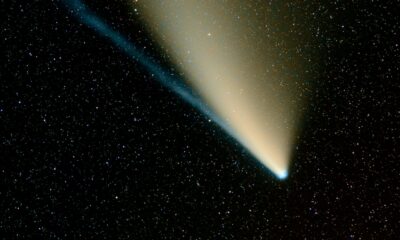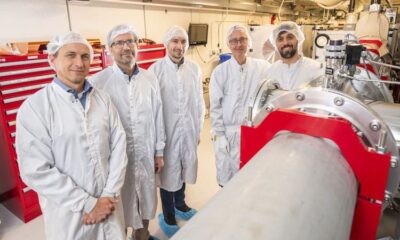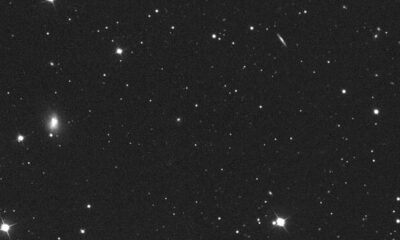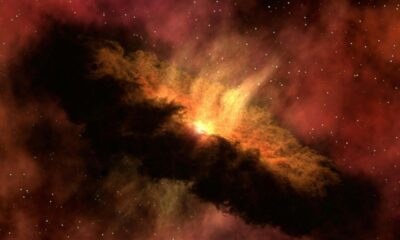Science
NASA Invites You to Send Your Name Around the Moon in 2026
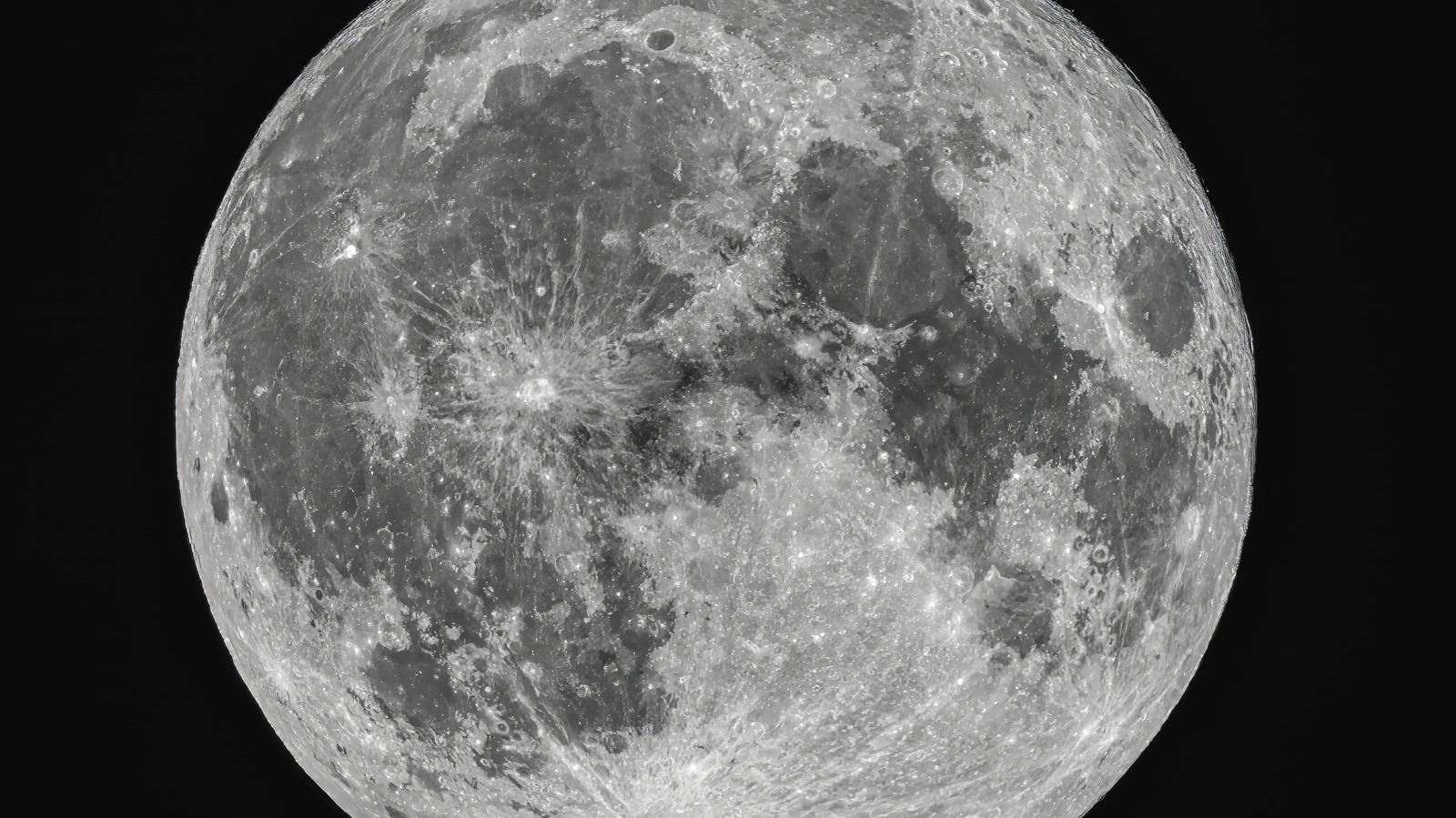
NASA has launched an innovative initiative to allow the public to send their names on a mission around the moon. This opportunity comes as part of the upcoming Artemis II mission, scheduled for April 2026. Participants can register their names to be included on a special SD card carried by the spacecraft, connecting millions to this significant milestone in human space exploration.
The moon, located approximately 239,000 miles from Earth, has fascinated humanity for centuries. Since 1972, when the last crewed mission, Apollo 17, returned home, no human has set foot on its surface. The Artemis program aims to rekindle lunar exploration with a series of missions leading to sustainable human presence on the moon and beyond.
In a statement made in September 2025, NASA emphasized that we are entering a “Golden Age of innovation and exploration.” The Artemis II mission is central to this vision. It will feature a crew of four astronauts, including Jeremy Hansen from the Canadian Space Agency, along with American astronauts Christina Koch, Reid Wiseman, and Victor Glover. Although this flight will not land on the moon, it will undertake a flyby, marking a critical step toward returning humans to lunar exploration.
NASA has developed the Artemis program in four phases. The first phase, which involved a successful uncrewed test flight of the Orion spacecraft in late 2022, laid the groundwork for future missions. During the Artemis I mission, Orion traveled beyond the moon and returned to Earth, providing valuable data about the spacecraft’s performance.
The upcoming Artemis II mission will use the insights gained from the previous flight to prepare for future, more complex missions. Lori Glaze, NASA’s acting associate administrator for the Exploration Systems Development Mission Directorate, stated, “This flight is also an opportunity to inspire people across the globe and to give them an opportunity to follow along as we lead the way in human exploration deeper into space.”
NASA’s plans extend beyond the moon. The Artemis program is designed to facilitate the development of a lunar space station and serve as a stepping stone for future missions to Mars. Given that a journey to Mars could take approximately three years, Artemis aims to leverage lunar exploration to inform long-duration space travel.
As part of this groundbreaking initiative, NASA has made it easy for individuals to participate. As of now, over 490,450 names have already been submitted for inclusion on the Artemis II mission. Those interested can secure their place by visiting NASA’s Artemis II Sign Up page before January 21, 2026. Participants will need to provide their first and last names along with a PIN code. It’s essential to keep the PIN secure, as there is no recovery option for lost codes.
Once registered, participants can check their boarding pass through the Look Up Boarding Pass page. This page allows users to confirm their name’s inclusion and provides access to additional details about the mission, including the names of the crew members.
The Artemis II mission promises to cover approximately 685,000 miles, underscoring NASA’s commitment to pushing the boundaries of space exploration. By allowing the public to send their names along for the journey, NASA is fostering a sense of shared adventure and inspiration for future generations. This initiative not only connects individuals to the mission but also contributes to humanity’s ongoing quest for knowledge and exploration beyond our planet.
-

 Entertainment2 months ago
Entertainment2 months agoAnn Ming Reflects on ITV’s ‘I Fought the Law’ Drama
-

 Entertainment3 months ago
Entertainment3 months agoKate Garraway Sells £2 Million Home Amid Financial Struggles
-

 Health2 months ago
Health2 months agoKatie Price Faces New Health Concerns After Cancer Symptoms Resurface
-

 Entertainment2 months ago
Entertainment2 months agoCoronation Street’s Carl Webster Faces Trouble with New Affairs
-

 Entertainment2 months ago
Entertainment2 months agoWhere is Tinder Swindler Simon Leviev? Latest Updates Revealed
-

 Entertainment3 months ago
Entertainment3 months agoKim Cattrall Posts Cryptic Message After HBO’s Sequel Cancellation
-

 Science3 weeks ago
Science3 weeks agoBrian Cox Addresses Claims of Alien Probe in 3I/ATLAS Discovery
-

 Entertainment2 months ago
Entertainment2 months agoOlivia Attwood Opens Up About Fallout with Former Best Friend
-

 Entertainment3 months ago
Entertainment3 months agoMarkiplier Addresses AI Controversy During Livestream Response
-

 Entertainment3 months ago
Entertainment3 months agoMasterChef Faces Turmoil as Tom Kerridge Withdraws from Hosting Role
-

 Entertainment4 months ago
Entertainment4 months agoSpeculation Surrounds Home and Away as Cast Departures Mount
-

 World2 months ago
World2 months agoCole Palmer’s Mysterious Message to Kobbie Mainoo Sparks Speculation



